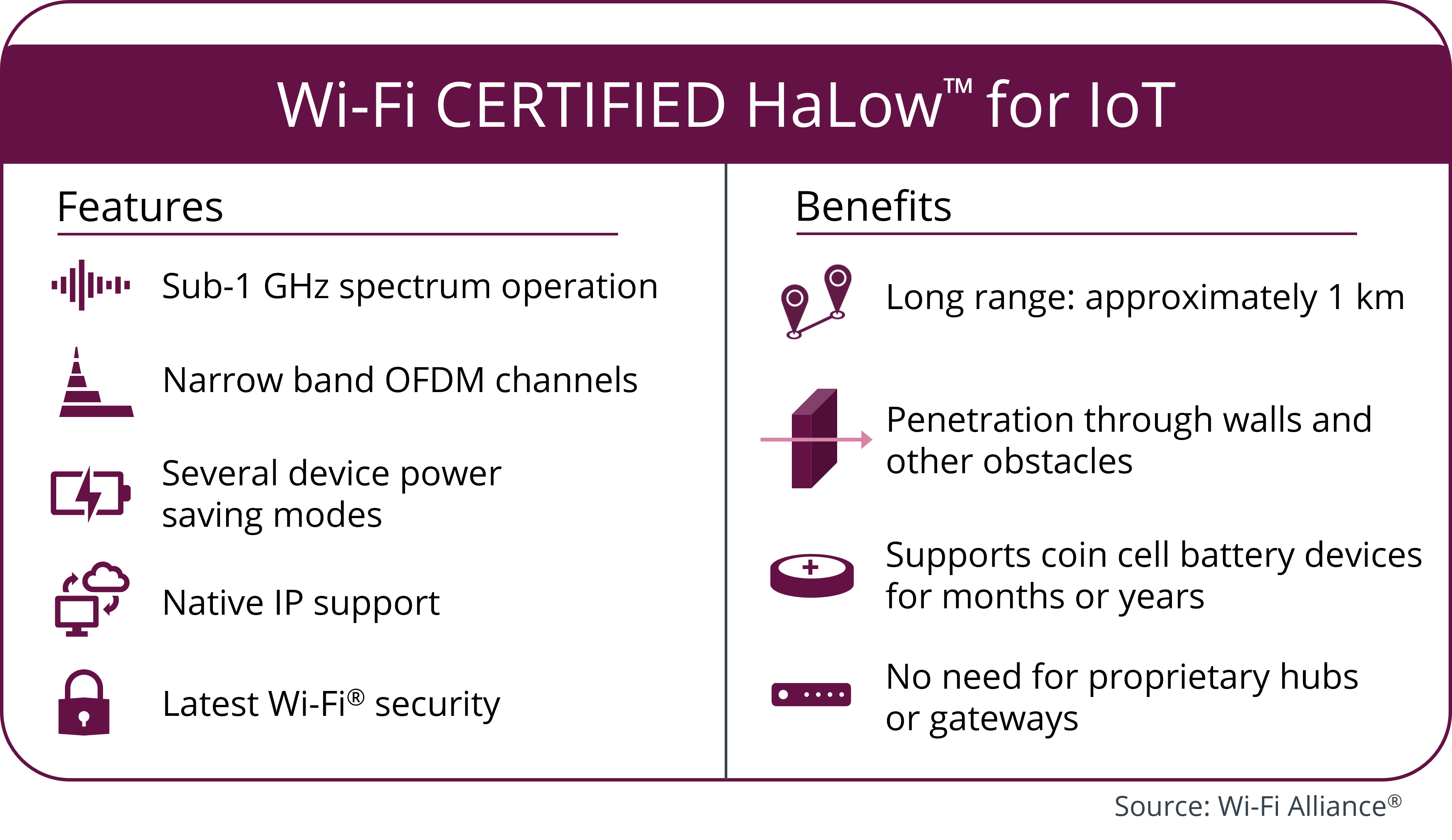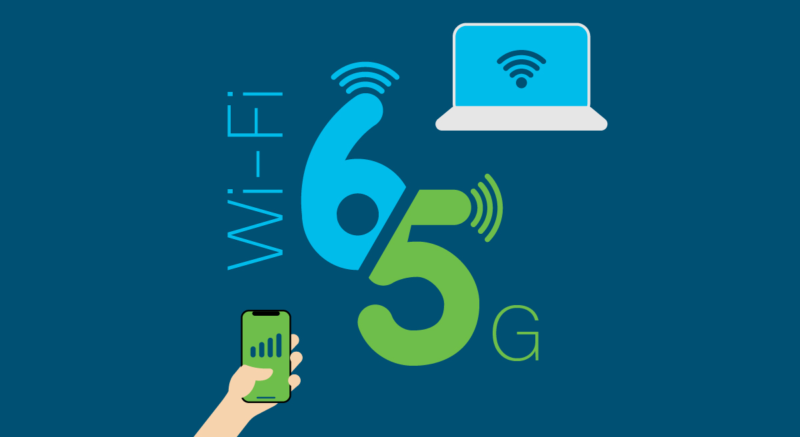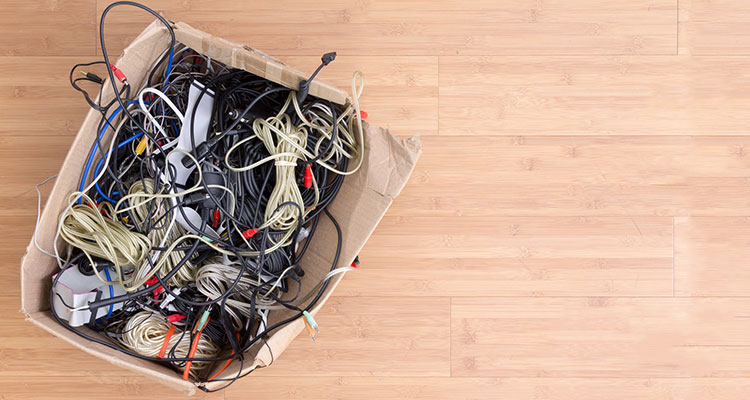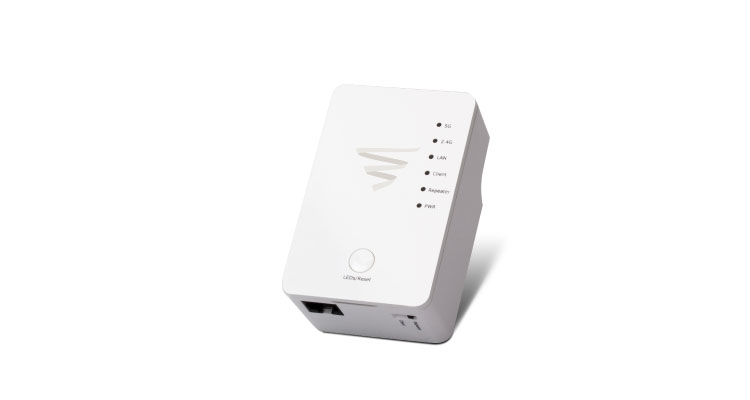Say HaLow: There’s A Tougher Wi-Fi with Less Power, More Range

Wi-Fi has been the dread of most professional installers who would usually rather lose a finger than predicate any of their solutions on wireless. If Wi-Fi 6 from CES 2022 doesn’t convince the wire-pullers, then Wi-Fi Alliance has another runner to put in the race.
Kiss weak Wi-Fi goodbye and say hello to HaLow from the Wi-Fi Alliance. It’s a triathlon, steroids version of Wi-Fi: It’s stronger, runs farther and consumes less energy. Wi-Fi Alliance has announced the Wi-Fi CERTIFIED HaLow, the designation for products incorporating IEEE 802.11ah technology.
This Wi-Fi enables low power connectivity for applications including sensors, wearable devices and utility meters that require multiyear battery performance. Wi-Fi HaLow even supports streaming compressed video from security cameras in challenging environments with walls and other barriers.
Wi-Fi HaLow expands Wi-Fi applications for the Internet of Things (IoT), also enabling a variety of new, power-efficient use cases for retail, agriculture, healthcare, smart home and smart city markets.
Wi-Fi HaLow operates in the sub-1 GHz band, enabling long-range and low-power connectivity, and can make connections despite any walls in challenging building environments. It may be new but it also adopts existing Wi-Fi protocols to deliver multivendor interoperability, strong WPA3 security, easy setup and seamless integration into IP networks.
In agriculture, supply chain monitoring and other applications needing long-range, Wi-Fi HaLow delivers data at ranges farther than one kilometer. Let me repeat that loud enough for my telco to hear: one kilometer!

“Wi-Fi HaLow devices such as security cameras and tablets are being used in industrial environments today, and we expect devices to soon make their way to smart home environments allowing consumers to take advantage of its longer range and lower power for applications such as battery-powered cameras, video baby monitors and other smart home products,” said Phil Solis, research director at researcher IDC. “Companies have been working on Wi-Fi HaLow chipsets for years and we expect shipments to break 10 million in 2022, with adoption expanding from industrial to include smart home, smart city, and retail markets.”
HaLow is supposed to attract the attention of the Internet of Things industry. IoT connected devices in use worldwide could exceed 30 billion units by 2025, more than doubling from 13.8 billion in 2021. The smart home IoT use case is a rapidly growing market — and more than 29% of businesses also plan to use IoT technology to streamline processes and increase efficiency.
HaLow could possibly convince a number of AV installers to say HaLow and goodbye to wires. And even if they don’t, they’ll soon be integrating it in projects with IoT devices in a growing number of buildings, homes and offices that use HaLow.




